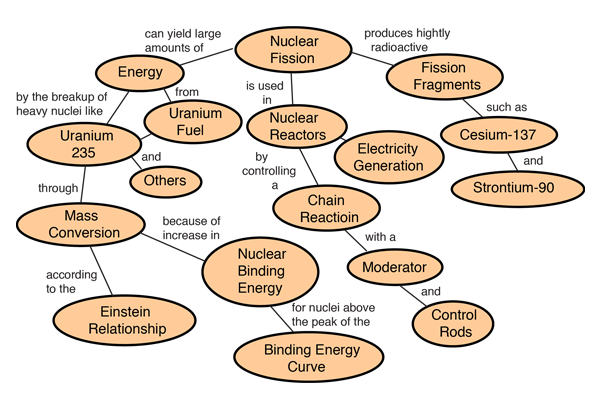Nature's Nuclear Fission Reactor
In what is now Gabon in west Africa in 1972, French researchers found a deposit of uranium which had only 0.44% U-235 compared to the normal 0.72%. This indicated that some of the U-235 had undergone spontaneous nuclear fission at some point in the past. Also, fission-produced isotopes of neodynium and samarium were found. Some samples were found with a U-235 concentration as low as 0.29%. Models of the process suggested sustained fission reactions over a period of about a million years during a time period about two billion years ago.
The age estimate from cores in the reactor zones suggest a time frame between 1.7 and 1.9 billion years ago. For U-235 (halflife 700 million years) and U-238 (halflife 4.5 billion years), this would give a concentration of about 3% for the U-235 at the time of the reaction. It is presumed that ground water seeping through the ore served as a natural moderator to slow down the fission neutrons. One of the interesting observations was that the bulk of the fission products seemed to be still in place in their geologic depository after nearly 2 billion years. This could be taken as a suggestion that geologic storage of radioactive waste is feasible.
|
Index
Fission concepts
Reference
Cowan |

